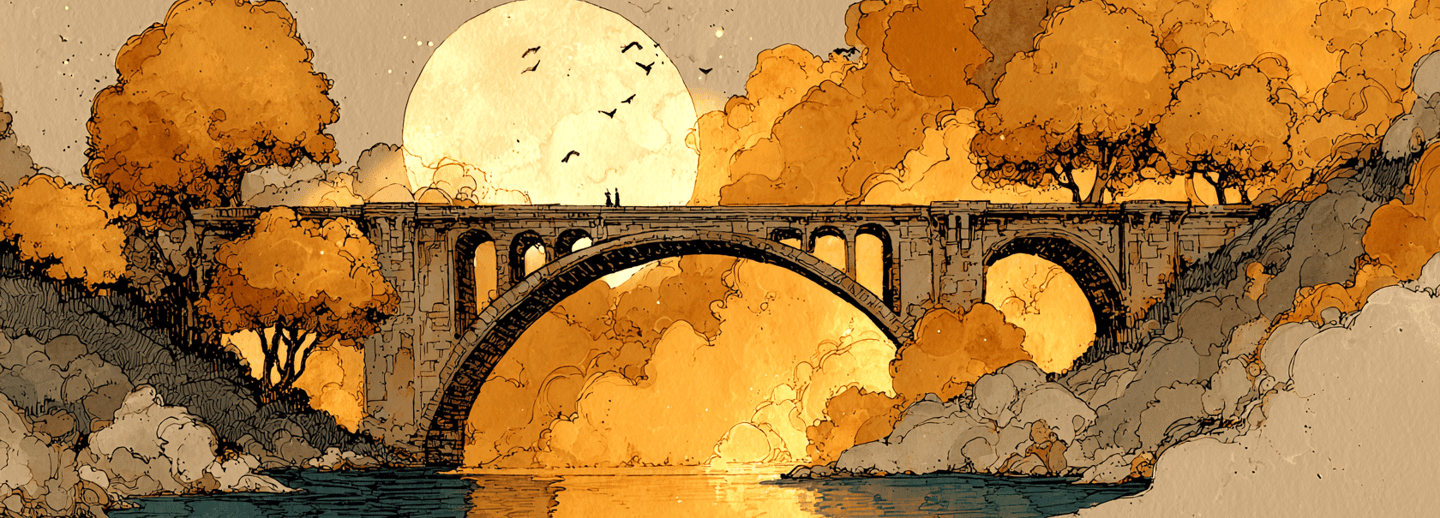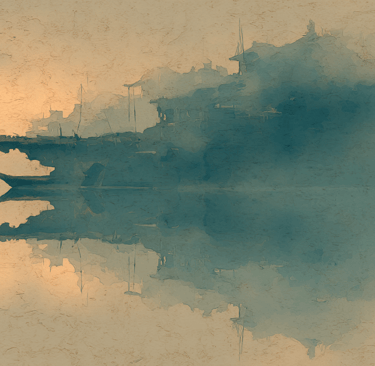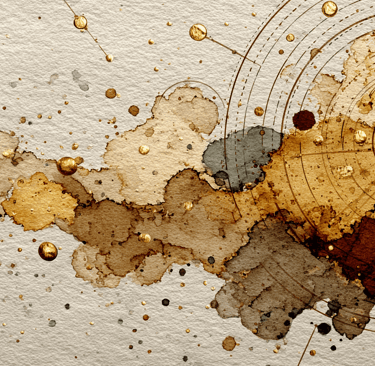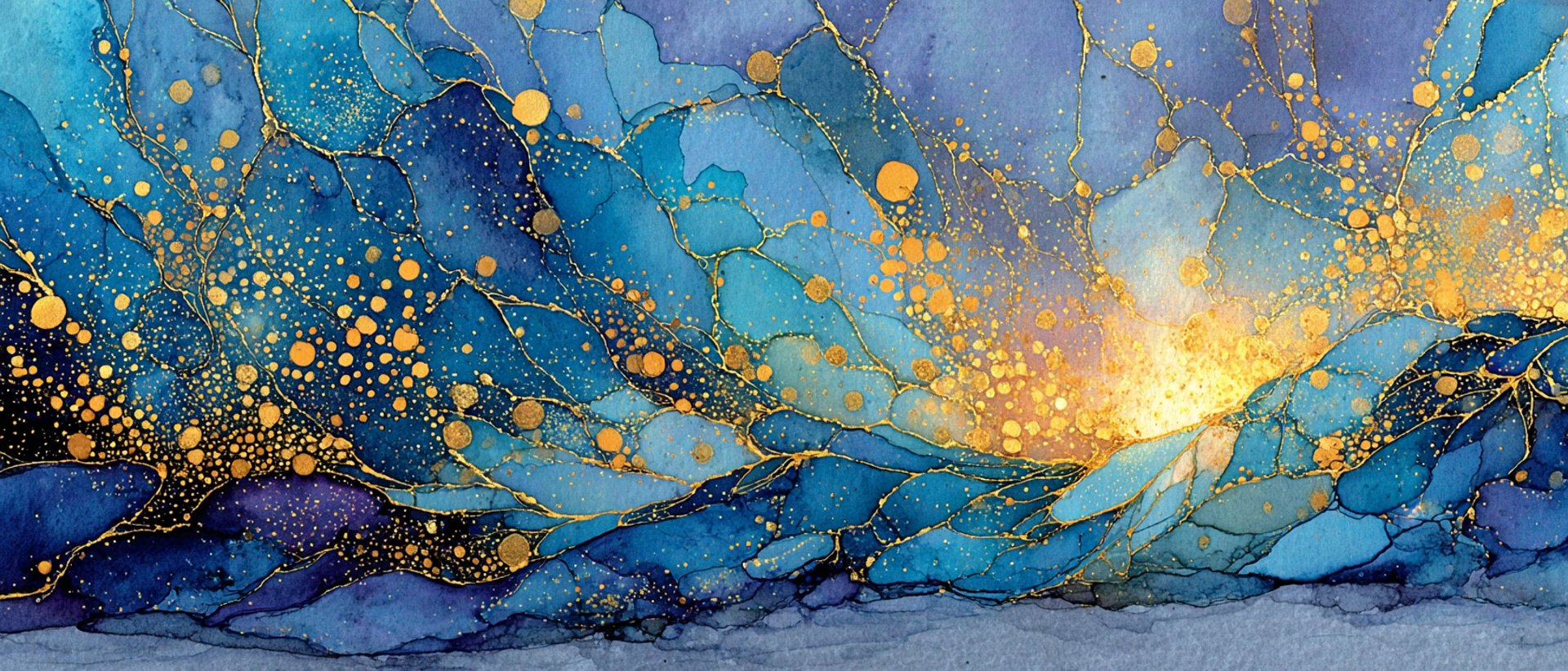Bridge Between Thought and Creation
A reflection on learning to share a vision that once lived only in silence-where creation becomes an act of trust, and stillness refines the noise
9/15/20255 min read


I have spent most of my creative life working alone, not because I wanted to, but because I often had to. When you grow up with limited means, doing things by yourself becomes second nature. If something needs to exist, you find a way to make it, even if the tools are simple and the process is slow. That sense of self-reliance shaped how I approached everything, including the beginnings of this project.
From the start, I could see the world clearly in my mind. I knew what I wanted to create- the story, the art, the structure of the game itself. The vision was refined and whole, but my abilities were not yet at the level to match it. That realization was grounding but disappointing. I could feel the distance between what I imagined and what I could execute.
My partner encouraged me to learn first. They suggested I study game engines and understand how games function at their core. I spent weeks following tutorials, experimenting, and learning what I could. In doing so, I began to understand my own limitations more deeply. Creativity is bound to the tools that bring it to life. A painter can create with their hands if they lack brushes, but their precision will always be limited by the medium. In the same way, I realized that while I could conceptualize freely, I did not yet have the technical skills to express the full vision that existed in my mind.
Reaching out for help did not feel like losing control. It felt like gaining clarity. Finding collaborators with the skill sets I lacked opened new doors. It was like suddenly receiving an entire set of brushes after years of painting with my fingers. Possibility expanded, and with it came a renewed excitement about what this project could become.
✦ Learning to Build Together
..


"Reaching out for help did not feel like losing control. It felt like gaining clarity"
..
At first, I was nervous about sharing a world that had only ever existed in my head. It was not fear of criticism, but of translation. Explaining something abstract and emotional in a language that must later be turned into structure and code is difficult. It felt like a strange version of a game of telephone, where meaning could shift slightly at each stage. I would write a concept as clearly as possible so the developer could interpret it into code, then they would rebuild it into something visual and functional, and finally it would return to me for refinement. Each step carried the risk of distortion-familiar, yet subtly changed in texture.
When I first explained the idea, the developers understood part of it but not the full strategy or flow. They suggested I write down the mechanics clearly. That exercise changed everything. Putting the system into writing forced me to isolate what truly mattered. Once the rules and flow were on paper, my thoughts sharpened. During meditation, new ideas would surface like ripples breaking through still water — refinements, balance tweaks, alternate possibilities. It was as if the stillness itself was continuing the work behind the scenes. I could not quiet my mind. The concept kept unfolding, evolving with every session.
A few days later, I began writing again, this time to clarify the meta-story that surrounded the mechanics. The developers needed to see the end vision, not just the framework. So I wrote until the picture became whole. This rhythm-write, reflect, refine- became the pulse of the project. Each iteration brought new clarity; each meditation uncovered hidden links between mechanics and meaning.
As feedback began to come in, I started to understand the value of confusion. When the developer asked questions, I realized those moments were not obstacles but mirrors. They showed me where understanding broke down, where my explanations left too much unsaid. If the developer could not see what I meant, a player might not either. Each question pushed me to think critically: Why is this unclear? How can it be expressed more naturally? How can it be simplified without losing its spirit?
Through this process, I discovered that feedback sharpens vision. Writing solidifies thought, but conversation refines it. The limits of structure and code did not restrict me; they became the canvas itself. Creativity needs boundaries to define its shape.
I had always imagined that game development began with art and atmosphere, but I learned that it begins with structure. Seeing the architecture of a game take shape before the beauty fills it was a revelation. Watching the bare framework, the placeholders, and the gray blocks being positioned taught me that beauty depends on foundation. A world must stand before it can breathe.
As the project evolved, mechanics and meaning began to merge, each refining the other until they felt inseparable. The story was not an afterthought; it was the soul that gave the mechanics rhythm and intent. Even in fragments, the game started to feel alive.
✦ Dialogue of Making
..


I have never believed that creation belongs to one person. Every creative act feels like alchemy- a combination of elements that pass through many hands and experiences before becoming whole. What matters most is refinement, perspective, and the willingness to adapt. Ownership is shared through contribution.
Good creative energy means self-awareness and clear communication. A good partner understands their strengths and limits, and values collaboration over competition. My first impression of the developers was their kindness and calm energy. That mattered more than anything else. Because I do not yet have every skill needed to reach the final vision, I trust those who work with me to help shape the path there.
The first time I saw the developers discuss my concept in concrete terms, something shifted. The QA team began asking specific questions about the mechanics, and it was moving to see my ideas being interpreted and analyzed in such a tangible way. Something that had lived only in thought was now existing in dialogue. It was no longer a private vision, it had form.
When thoughts grow loud, I return to meditation. The mind is like water. When disturbed, the waves distort the surface, and what lies beneath becomes hidden. When the water settles, clarity returns. It is easy to forget that water and waves are not separate. The movement and the stillness are the same substance, just seen at different moments in time. Through stillness, the true form of thought reveals itself — the part that endures after the motion fades. What remains is the essence that survives the turbulence, the quiet truth refined through the alchemic process of change. Creation works the same way. It requires both movement and quiet, both dialogue and silence.
This project is still in its earliest stage. The collaboration is new, the bridge just beginning to take shape. Yet even now, I can see how the process itself is refining. Every exchange brings clarity; every pause deepens understanding. The work is slow, but it feels alive.
The bridge between imagination and form is not built overnight. It grows piece by piece, through patience, trust, and dialogue. And perhaps that is what creation truly is — not the act of building a world alone, but learning how to share it one careful word at a time.
✦The Stillness That Creates
..
"Creativity needs boundaries to define its shape"
..
"It is easy to forget that water and waves are not separate. The movement and the stillness are the same substance, just seen at different moments in time"
..
~ Sohlvian
The Rambler still Debugging their Thoughts

Follow the Alchemy
Receive updates from the Workshop- Reflections, Behind the Scenes, and New Entries from the World of Creation